The Granite State is abuzz with Josh Robie reaching the 2,000-point milestone on Thursday night. Watch as some of the biggest names in New Hampshire basketball history welcome Josh to the prestigious and elusive club…


The Granite State is abuzz with Josh Robie reaching the 2,000-point milestone on Thursday night. Watch as some of the biggest names in New Hampshire basketball history welcome Josh to the prestigious and elusive club…
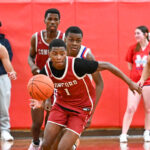
Entering the game with just one win on the season, Concord went on the road and defeated Manchester Memorial, 74-64, on Tuesday night.
The Crimson Tide were led by a combined 46 points from Alain Twite (26) and Japhe Nduwayo (20). Brett Tuttle and Sammy Iranzi also both netted double digits for Concord with 16 and 10, respectively.
Memorial was paced by 12 points apiece from Jack Brooks and Joel Gomez and 11 from Bory Bory.
With the win, the Tide improve to 2-12 on the season, while the Crusaders fall to 6-9.
Check out the full photo gallery by Cindy Lavigne of Lavigne’s Live Shots…
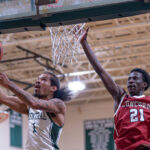
Fourteen players scored for Manchester Central as the Little Green defeated visiting Concord 67-45 on Monday night.
Izaya Diaz led Central with 12 points, while the Crimson Tide were paced by a game-high 14 points from Japhet Nduwayo.
With the win, Central improves to 4-9 on the season, while Concord falls to 1-12.
Check out the full photo gallery by Todd Grzywacz of Stonewall Photography…
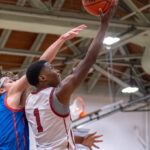
Concord snapped a 10-game losing streak and earned its first victory of the season with a 60-48 win over Winnacunnet on Friday night.
The Crimson Tide were led by 19 points from Alain Twite, while Japhet Nduwayo (12) and Chase Lawler (10) both added double digits as well. The Warriors were paced by a game-high 20 points from Christian Chartier and 14 from Tyson Khalil.
With the win, Concord improves to 1-10 on the season, while Winnacunnet falls to 2-10.
Check out the photo gallery of the action by Todd Grzywacz…

This week, we completed a complete overhaul and upgrade of our server to better serve our growing coverage. During our outage, we provided photo coverage of 17 games! These were all still viewable on our social media outlets, but we wanted to make sure they made it to the website.
Below is a list of the games we covered with links to the photo galleries. Enjoy the show!

Goffstown managed just five first-quarter points, trailing 10-5 after one, but the host Grizzlies rallied to come away with a 55-50 victory over visiting Concord on Monday night.
Leading the way for Goffstown was Maggie Sasso with a game-high 21 points. Concord was paced by 19 points apiece from Dulaney Duford and Whitney Valliant .
With the win, the Grizzlies improve to 5-1 on the season, while the Tide fall to 2-4.
Check out the full photo gallery of the action by Dave Beliveau…
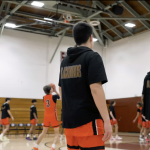
Simon Scott was on-hand for Keene’s 68-51 win at Concord last night and brings you the Sights & Sounds from the game…
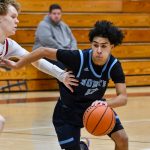
Nashua North went on the road and defeated host Concord 63-41 on Thursday night.
Alize Roig Cortes led all scorers with a game-high 19 points for the Titans. Japhet Nduwayo, Logan Perkins and Cade Weaver all netted nine points apiece to pace the Crimson Tide.
With the win, North improves to a perfect 4-0 on the season, while winless Concord drops to 0-4.
Check out photos of the action by John Scott Sherburne…
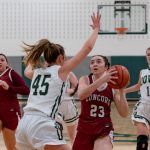
Ninth-seeded Concord used an 18-point fourth-quarter to come-from-behind and close out #8 Dover, 46-42, on Wednesday night.
The Green Wave led 31-28 entering the final frame, but the Crimson Tide outscored Dover 18-11 to come away with the four-point win and advance to the quarterfinals. The Crimson Tide will now take on top-seeded Bishop Guertin on Friday at 7:00 pm.
Concord was led by a balanced scoring attacked as it featured three players in double figures: Aidah Smalley (14 points), Delaney Duford (13) and Whitney Valliant (10). Dover was paced by a game-high 21 points from Abi Kozlowski and 10 from Lily Nosiff.
Check out the full photo gallery by Heidi Green of Heidi Green Photography…
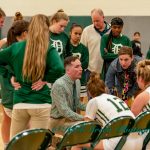
The Dover girls jumped out to a quick 22-13 lead after one quarter and never looked back as the host Green Wave defeated Concord, 56-34, on Tuesday night.
Lilly Nossiff led all scorers with a game-high 23 points for Dover, while Lanie Mourgenous (12) and Abigail Kozlowski (11) also netted double-figures for the Green Wave. The Crimson Tide was paced by Delaney Duford’s 15 points on five threes.
Check out the full gallery of the action by Heidi Green of Heidi Green Photography…
